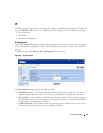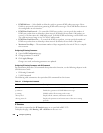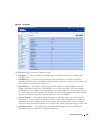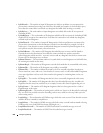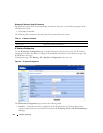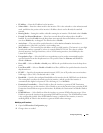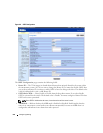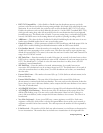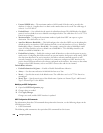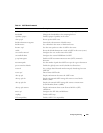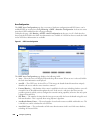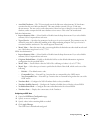
Configuring Routing 515
OSPF
The Open Shortest Path First (OSPF) routing protocol is an Interior Gateway Protocol (IGP). Every
OSPF router builds a shortest path tree of all the routers and networks in the domain. Routing
information is propagated in Link State Update packets both periodically and in the event of network
topology changes. This information is received, assimilated and stored in the OSPF databases of
individual routers. An integral piece of information in the database exchange is the number and IP
Addresses of the interfaces that are associated with the router. OSPF treats secondary IP Addresses as
stub networks attached to the router. Hence though these networks are advertised in the OSPF routing
domain, neighbor adjacencies are never established on secondary addresses. It is also important to note
here that all secondary IP Addresses must be in the same area as the primary IP Address so that they get
advertised by OSPF. This is always true in the case of the PowerConnect 6200 Series
software
implementation because the area configuration is on a per interface basis as against a per network basis.
The OSPF menu page contains links to web pages that configure and display OSPF parameters and data.
To display this page, click Routing
→
OSPF in the tree view. Following are the web pages accessible from
this menu page:
• OSPF Configuration
• Area Configuration
• Stub Area Summary
• Area Range Configuration
• Interface Statistics
• Interface Configuration
• Neighbor Table
• Neighbor Configuration
•Link State Database
• Virtual Link Configuration
• Virtual Link Summary
• Route Redistribution Configuration
• Route Redistribution Summary
• Nonstop Forwarding OSPF Graceful Restart
OSPF Configuration
Use the OSPF Configuration
page to enable OSPF on a router and to configure the related OSPF
settings.
To display the page, click Routing
→
OSPF
→
Configuration in the tree view.



